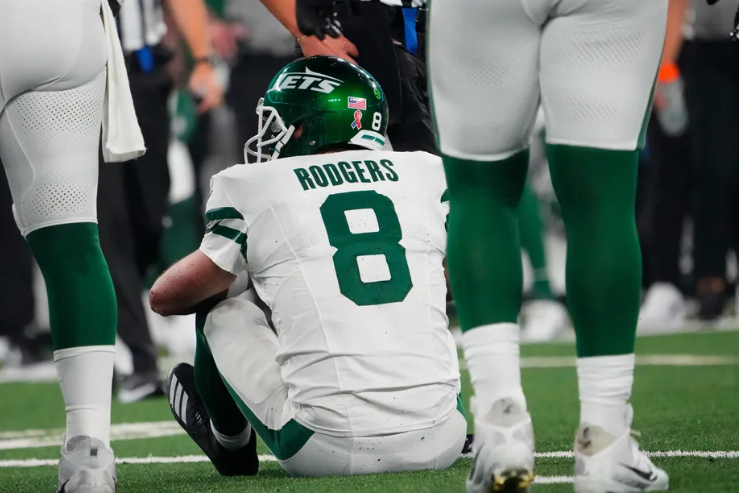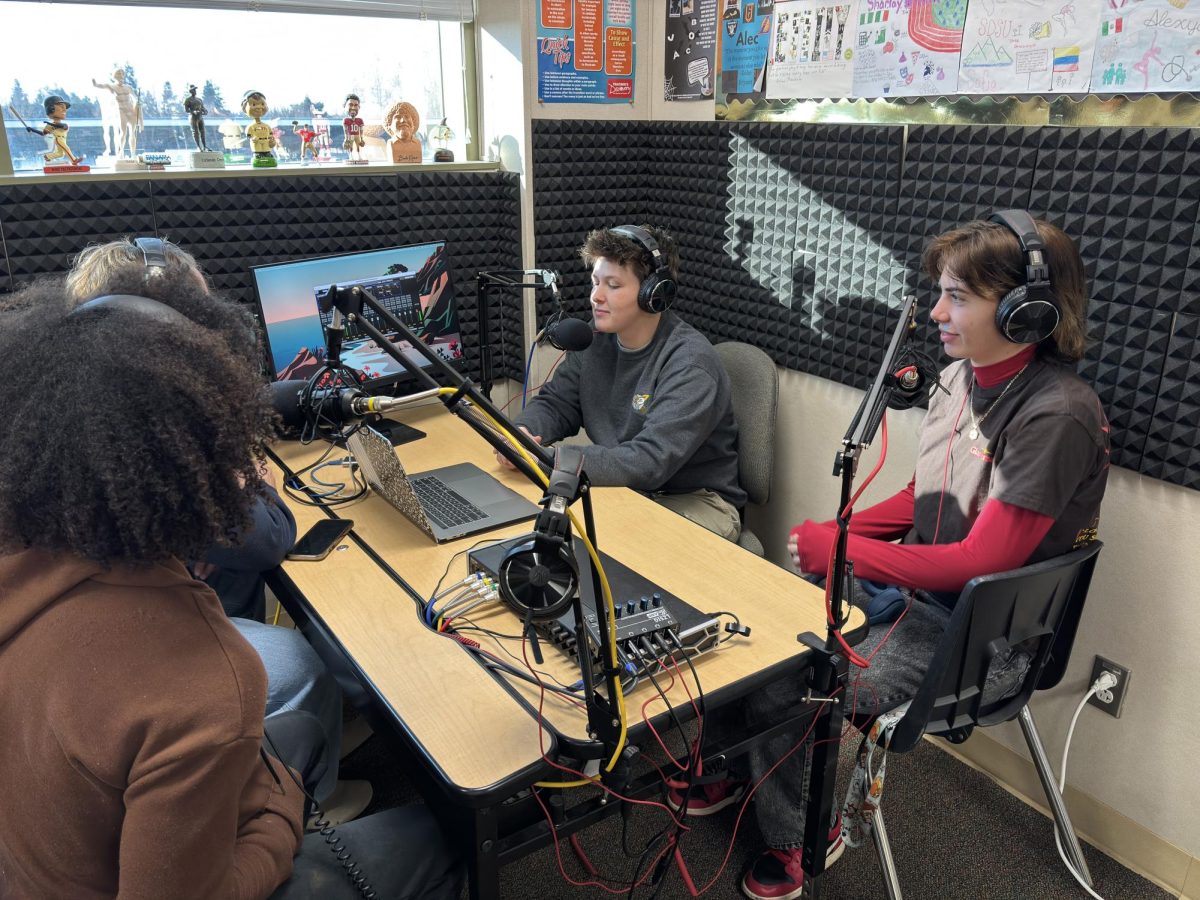On Monday Night Football, while playing the Bills on September 11th, the Jets’ expectations of possible Super Bowl contenders were quickly struck by lightning and went down the drain when Aaron Rodgers tore his left Achilles tendon just four plays into the game.
Immediate response and backlash arose about turf fields and the cause of Aaron Rodgers’ injury; would it have even happened on a grass field? 15 NFL Stadiums have artificial turf while the other 15 have real grass or combinations of different types of grass. 2 of the Turf Stadiums are shared by 2 teams, the New York Giants and Jets share MetLife Stadium and the Los Angeles Rams and Chargers share SoFi Stadium.
Less games should be played on artificial turf than real natural grass. For a multi-billion dollar industry that can easily maintain 30 stadiums with natural grass, the NFL has yet to truly engage the conversation or outrage. Even the NFLPA is calling for the NFL to “convert” turf practice and game fields to natural grass fields, according to an article written by former Browns Center, and current NFLPA President J.C. Tretter, who thinks that it is the only way to level the NFL’s Playing Field.
The cost of the NFL making their athletes play on turf has been displayed by stars such as Aaron Rodgers and Saquon Barkley suffering significant injuries so far just this season. Mike Williams just went out for the season with a knee injury after being carted out. Just yesterday he jumped and got injured when landing on the turf before any player contact in U.S Bank Stadium. Because of this, the Chargers lose a star Wide Receiver to an injury that could likely be prevented if played on grass. Many Eagles players complained about the ‘slippery turf’ in Super Bowl LVII (57) that may seem like an excuse but should definitely still be considered and acknowledged as the turf vs grass conversations have become a popular topic of discussion.
The previous Super Bowl in 2022, where the Rams played the Bengals, Odell Beckham Jr. suffered a non-contact injury where he tore his ACL and was out for the season. I also feel as a 49ers fan myself, the amount of significant injuries we had in 2020 due to turf stadiums must be mentioned. Yet the NFL holds their idea that turf fields are just as safe as grass fields.
Just how differently does turf affect the players compared to grass? And, why does the NFL continue to use turf?
According to Sports Info Solutions, (who analyzed Injury Data in the NFL regular season from 2017-2022), although Non-Contact injuries aren’t at a higher rate on turf than grass, there is a +6% increase in Contact with Ground injuries and +11% increase in Contact with Player injuries. The most highly impacted regions of injuries on turf appear to be head and ankle injuries by leaps and bounds.
However, turf isn’t only affecting NFL athletes, but high school athletes as well. 26 high school athletic trainers recorded data in 2017-2018 and this data was analyzed by researchers from University Hospitals, Case Western Reserve University and the UH Sports Medicine Institute. They found that high school athletes are 58% more likely to suffer an injury on synthetic turf compared to grass, they also noticed an increase in ACL injuries for football players (Which also appears to be a trend in the NFL).
With all of this data and questions being asked in the sports media world, it is a mystery why the NFL still uses turf in so many stadiums and on practice fields. Simply put, it comes down to money.
The main belief of the benefits from turf appear to be that it’s much cheaper to maintain, it survives more wear and tear from the players, harsh weather and it has a ‘resistant surface’. I find this, lets call it, ‘agenda’ very interesting considering the NFL was the highest revenue Sports League in the ENTIRE WORLD! The NFL most certainly has the money to maintain and upkeep natural grass but is blinded by a ‘business-first’ mindset where they prioritize saving a few million dollars rather than their players’ futures, seasons and physical health.
The NFL needs to make a move against their biggest enemy, TURF, as it will be beneficial for their athletes and fans to have a healthier and better regular season.








